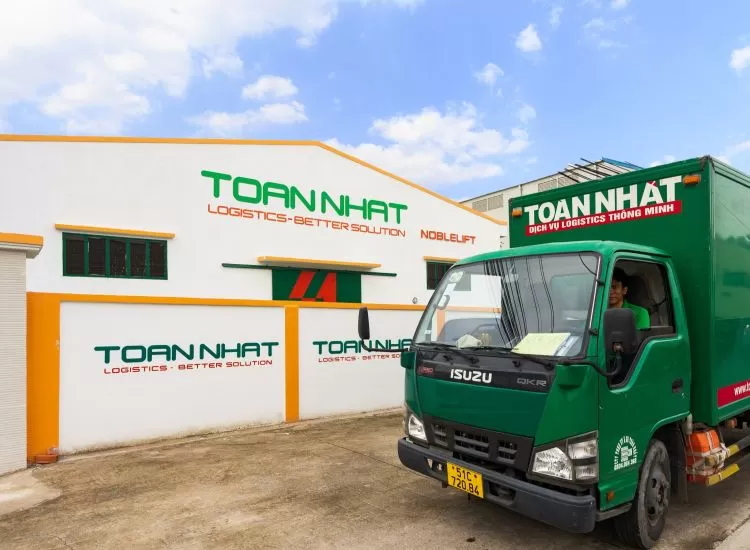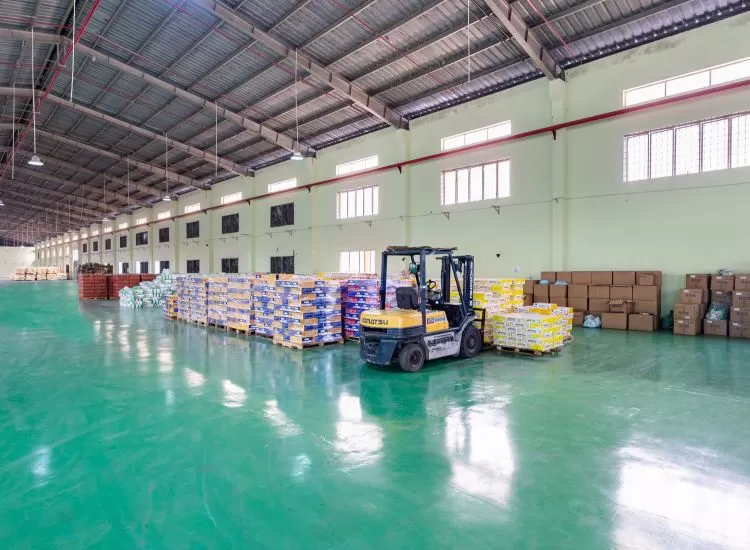Competing With E-Commerce Giants
Despite the highly competitive environment, it is possible for small and mid-sized companies to compete with the e-commerce giants. It just takes creativity, a strong, optimized supply chain and, of course, exemplary customer service.

Paul D'Arrigo, vice president of information technology for Spend Management Experts, offers this advice.
1. Provide excellent customer service.
Ensure the customer has a great experience from visiting your website all the way through to last-mile delivery, and sometimes even back to the e-commerce provider in terms of a return, replacement, or refund.
2. Offer real-time tracking for customers.
Once the order is purchased and packaged for delivery, providing real-time tracking for customers is a must. So is offering options for delivery type. Simply put, give customers more control over their purchases.
3. Pick up the phone. Human interaction in today's tech-friendly environment goes a long way in the delivery of excellent customer service.
4. Think like Amazon, but don't be like Amazon.
Be different. Differentiate yourself by offering a unique product or service. At the same time, learn from how Amazon manages its operations.
5. Make the back end of your website awesome. Ensure the buying process is as seamless as possible. For example, make sure orders placed online are connected to fulfillment processes for faster delivery to the customer. Be transparent with your final order costs, including shipping charges, to avoid cart abandonment.
6. Hold just the right amount of inventory.
Don't have too much or too little inventory. A good inventory management system may be an idea worth considering. Inventory management systems can help with forecasting as well as linking available inventory between online and physical stores.
7. Incorporate reverse logistics.
Depending on product category, the average return rate can be as low as eight percent or as high as 40 percent. Total product returns represented a $260.5-billion loss in sales for retailers in 2015, according to the National Retail Federation, so knowing how to most effectively get the product back to you is critical.
8. Manage shipping costs.
Although giving customers more control over their purchases is important, you need to manage costs to achieve profitable growth. Even though the trend is toward faster delivery times, can you really afford it? What are your options for optimizing shipping cost savings? Consider consolidating shipments and/or changing small parcel service levels.
9. Plan for seasonal hikes.
Be prepared for demand spikes with enough inventory and collaborate with your delivery providers to ensure on-time delivery.
10. Prepare to adapt quickly.
The e-commerce market is constantly changing. Not only should you simply adapt, you should also innovate. Lead the charge by introducing a new product or service.
(Source: Inboundlogistics)























.webp)






.webp)
.webp)
.webp)





